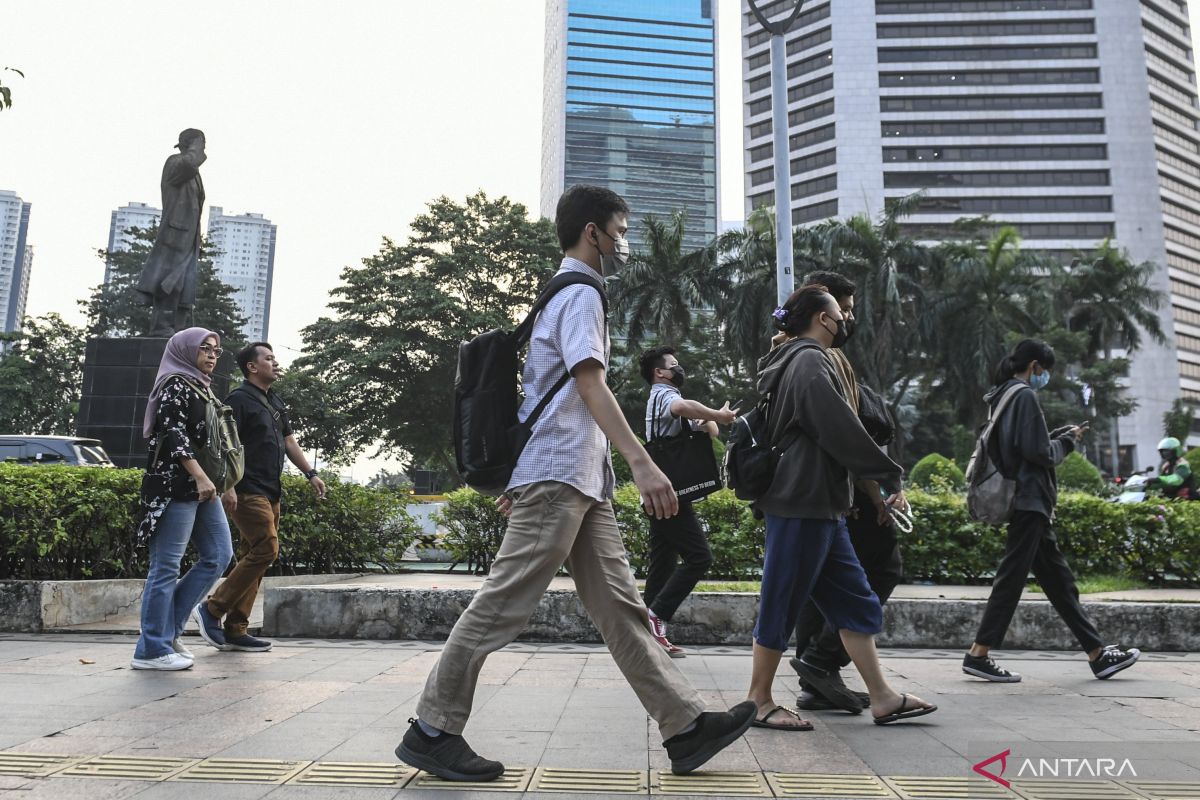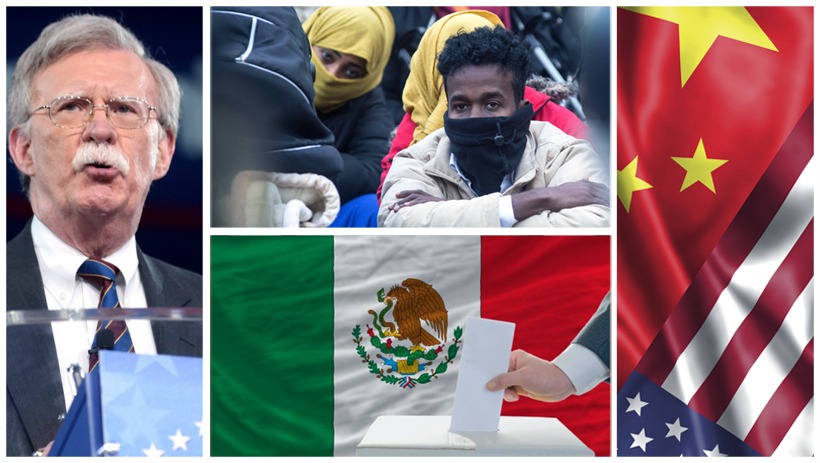It’s a wake-up call…
It’s a wake-up call…
By Mehmet Enes Beşer
Since the demise of Suharto’s New Order regime twenty years ago, Indonesia’s middle class has been hailed as the shining star of Indonesia’s achievement in democracy and development. Through economic liberalization and political reform, millions of aspiring citizens—entrepreneurs, bureaucrats, city professionals—have been created who are not only a consumer class but the foundation of democratic stability. But even as their economic interests have expanded, Indonesia’s middle class is agitated today. A series of student demonstrations, widening civil society complaints, and astute public opinion surveys characterize a class in flux—economically assertive, politically aware, but increasingly apprehensive about the future.
This anxiety is not sporadic. It is structural, founded on contradictions which the country’s rapid modernization has yet to resolve. The Indonesian middle class is in a tug-of-war between aspiration and anxiety—urged by optimism in work and education but restrained by uncertain conditions, growing inequality, and the perception that the state does not listen anymore. The recent demonstrations against the weakening of anti-corruption agencies, the criminal code amendments, and labor market deregulation are not exceptions. They are precursors to deeper grievances by citizens who expected better but feel shortchanged by an institution they once trusted.
Under this middle-class insecurity lies a socioeconomic model that promises mobility but promises precarity. While Indonesia has seen remarkable growth, its unbalanced nature has been considerable. The digital economy has opened doors, but also given rise to informal work arrangements, especially in the gig economy. Bureaucrats and professionals, historically the pillars of middle-class stability, face rising living costs with relatively stagnant pay. Homeownership, quality health care, and university education remain out of reach for many city families, especially in second-tier cities and rapidly growing suburbs.
Furthermore, the employment landscape has altered. Young Indonesians, even those who hold university degrees, face an economy that offers little security. They work contractually, often without benefits, and compete in over-saturated markets that reward contacts rather than talent. Multiple incomes are needed for many middle-class families simply to maintain social position, and the line between middle class and working poor is growing increasingly fine. When status must be defended assiduously rather than comfortably maintained, anxiety becomes pervasive.
Political disillusionment is added to these economic pressures. The middle class, once the leader of democratic reforms and the force behind post-Suharto civic rebirth, now sees politics more in the hands of dynastic rule, shadowy coalitions, and populist politics. Anti-corruption campaigns that had previously become synonymous with national rebirth are observed to be reversed. Institutional legitimacy is being eroded, from parliament to the courts, and technocratic rule is prone to give way to clientelism. The perception that the democratic project is in reverse—stagnating, or being rolled back—has generated a sense of betrayal among those who had emotionally and intellectually invested in Indonesia’s reformasi.
Students have been the most public face of this discontent, but they are not alone. Many of their grievances are shared by NGO workers, teachers, health professionals, and small business owners—segments of society once presumed to be apolitical or safely outside protest culture. Their wrath is not specifically against specific policies, but against a political economy that seems rigged against them. They are not simply calling for change, but for a system that recognizes their contribution and is sensitive to their worries.
Indonesia’s middle class also feel a growing intensifying conflict between international expectations and domestic realities. On one hand, they are encouraged to take on the entrepreneurial spirit of the new age—bootstrapping, creating content, investing in cryptocurrencies. On the other, they are faced with an incoherent policy ecosystem, a slow bureaucracy, and a political discourse that often goes populist or nationalist. This is creating a generation that is digitally connected but locally disenfranchised.
Social media have reinforced their aspirations and anxieties. Platforms like TikTok, Instagram, and Twitter are no longer platforms of expression only but also areas of surveillance and disinformation. The same technologies that offer civic voice are also the source of risk, e.g., polarization and outrage performances. Middle-class Indonesians are getting rapidly educated on how quickly the protest can be co-opted or discredited, and this enhances their consciousness of political vulnerability.
Conclusion
Indonesia’s middle class will no longer settle to be the passive beneficiary of growth and governance. It demands a new social contract—one that offers not only economic inclusion, but political dignity, transparency, and genuine representation. The protests on campus and the unease expressed in recent surveys are not omens of instability, but of a class eager to be relevant in a rapidly changing country.
If Indonesia’s rulers are to make the nation stable in the long term, they must learn that the middle class is no undifferentiated block of satisfied shoppers or servile taxpayers. It is an advanced, demanding, and expanding force. Its confidence must be rebuilt by more than transient largesse or symbolist gestures. It must be built by policies making housing affordable, education within reach, healthcare within reach, a legal system enforcing rights, and accountability in governance. And it requires a political culture that values participation over performance.
The anxiety of Indonesia’s middle class is not a threat—it’s a wake-up call. It signals a larger reckoning with promise and practice disconnects. If Indonesia is going to move forward as an open economy and dynamic democracy, it must engage its middle class not merely as a spectator, but as a participant in creating the future. Because once the middle class starts marching in protest, it is when the heart of the nation is agitated—and that is when real change becomes not just imperative, but inevitable.

















Leave a Reply